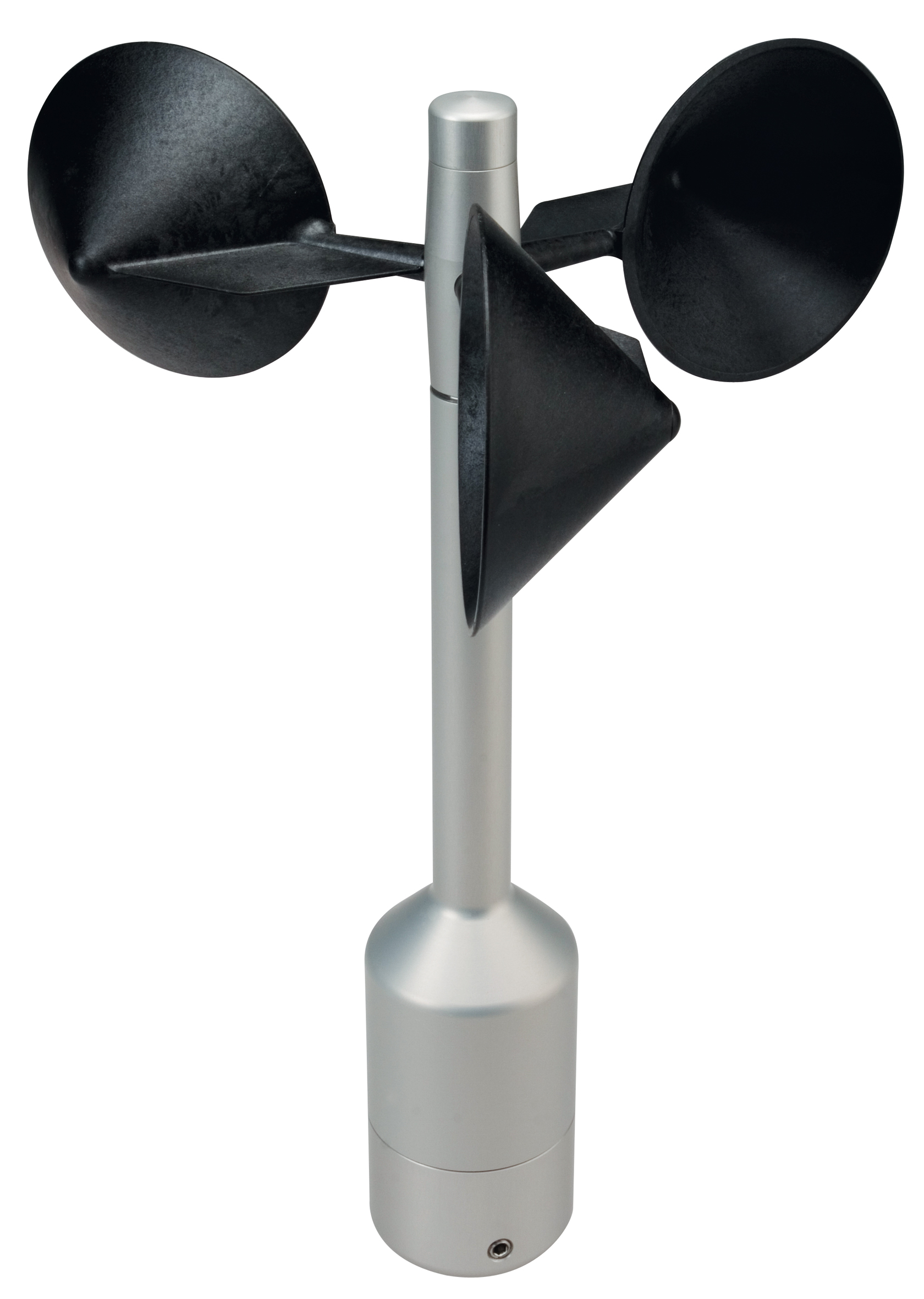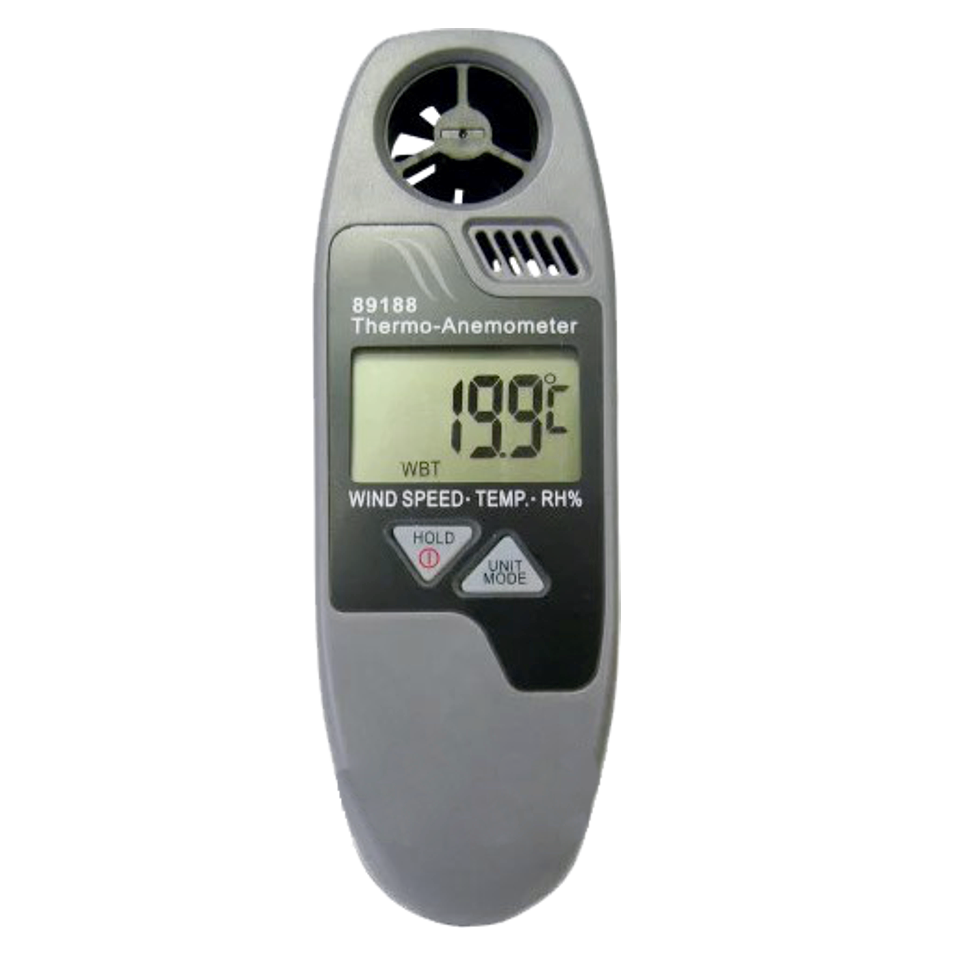Contrasting Digital and Mechanical Anemometers: Which is Right for You?
Contrasting Digital and Mechanical Anemometers: Which is Right for You?
Blog Article
All You Need to Understand About Anemometers: Just How They Function, Why They Issue, and Where to Use Them
Anemometers, however commonly neglected in the realm of scientific tools, play a crucial duty in numerous fields, supplying valuable understandings right into wind speed and airflow patterns. As we dig into the ins and outs of anemometer innovation, we will reveal the internal functions of these gadgets, their significance, and the crucial considerations when picking the best anemometer for details applications.

Anemometer Basics
A crucial instrument utilized to gauge wind rate and direction, the anemometer plays a vital role in weather forecasting and various sectors. An anemometer usually consists of three or four mugs that rotate in the wind, a vane that directs into the wind, and sensors to track the turnings or movements.
There are numerous types of anemometers offered, including cup anemometers, vane anemometers, hot-wire anemometers, and sonic anemometers, each with its one-of-a-kind features and applications. Cup anemometers are generally utilized for basic wind speed dimensions, while vane anemometers are preferred for directional measurements.
Concepts of Anemometer Procedure
Structure on the fundamental understanding of anemometer basics, the principles of anemometer operation elucidate the mechanics behind wind speed and direction measurements. Anemometers operate the principle of air flow affecting a sensing unit, causing it to revolve. Mug anemometers, for example, have 3 or more mugs that record the wind, creating them to rotate much faster as the wind speed boosts. The rotation speed is after that converted into a wind rate dimension. Vane anemometers, on the other hand, utilize a tail or a probe that aligns itself with the wind direction, offering a measurement of wind instructions based on the positioning of the sensor. Hot-wire anemometers depend on a warmed cable that cools off as wind passes over it, with the rate of cooling establishing the wind rate. Ultrasonic anemometers procedure wind rate and direction by evaluating the time it considers ultrasonic signals to take a trip in between transducers. Recognizing these concepts is crucial for accurate and dependable wind measurements in numerous applications.
Value of Anemometers
Anemometers play a critical role in measuring wind speed and direction, providing vital information for climate projecting, environment researches, ecological surveillance, and aeronautics procedures. Meteorologists depend on anemometers to collect exact wind information, aiding them comprehend weather patterns, anticipate tornados, and concern prompt cautions to the public. Wind ranch operators use anemometers to analyze wind problems and see this here take full advantage of electrical energy production from wind generators.
Applications Throughout Numerous Industries
In the renewable energy field, anemometers play a crucial role in evaluating wind problems for wind ranch positionings, making certain ideal energy production. Industries like construction and mining utilize anemometers to check wind rates, critical for safety and security methods, particularly when functioning at elevations or in open-pit mines where strong winds can position risks. In farming, anemometers help farmers in handling crop spraying by supplying real-time data on wind speed to stay clear of drift.

Picking the Right Anemometer for Your Needs
For basic objectives, a mug anemometer is appropriate for determining wind speed, while a vane anemometer supplies wind direction data. Hot-wire anemometers are perfect for low airspeed dimensions, and ultrasonic anemometers supply high precision and longevity.

Conclusion
To conclude, anemometers play a crucial duty in determining wind rate and instructions go to my site across numerous industries. Recognizing the principles of anemometer operation is crucial for choosing the right tool for particular needs. From weather forecasting to air travel, anemometers are vital tools for making sure and collecting precise data security in various applications. It is essential to consider the importance of anemometers in order to make informed decisions when picking the most appropriate device for gauging wind conditions.
There are numerous kinds of anemometers readily available, consisting of cup anemometers, vane anemometers, hot-wire anemometers, and sonic their website anemometers, each with its distinct functions and applications. Cup anemometers are commonly used for fundamental wind rate dimensions, while vane anemometers are chosen for directional measurements. Hot-wire anemometers are appropriate for reduced airspeeds, and sonic anemometers are excellent for high-precision measurements in research study and commercial setups.Structure on the fundamental understanding of anemometer essentials, the principles of anemometer procedure illuminate the technicians behind wind rate and instructions measurements. For basic objectives, a mug anemometer is ideal for gauging wind speed, while a vane anemometer supplies wind instructions data.
Report this page